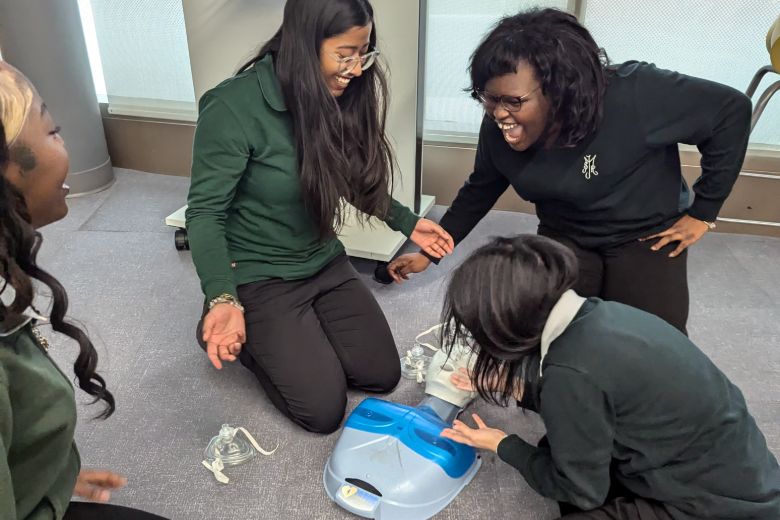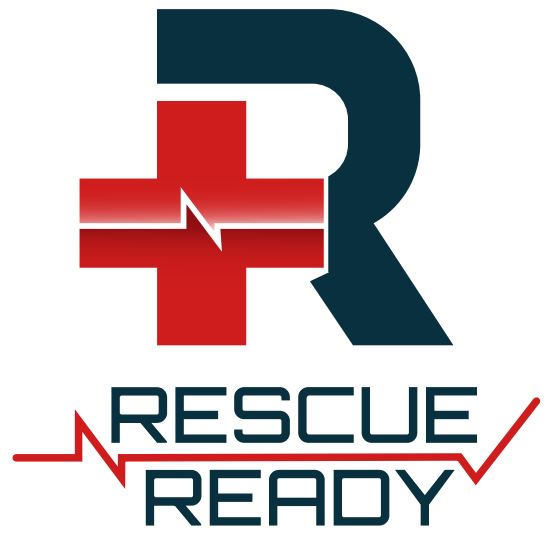
Basic First Aid Kit Essentials: What You Need for Every Emergency
In any emergency, having a well-stocked first aid kit can make all the difference. Whether it’s a minor scrape or a more serious injury, being prepared with the right supplies can help you handle the situation quickly and effectively. In this blog, we’ll guide you through what every first aid kit should include, how to organize it, and why it’s crucial to have one in your home, car, or on your next adventure.
Why You Need a First Aid Kit
Emergencies are unpredictable, and waiting for professional help may take time. A first aid kit provides the tools to offer immediate care, prevent an injury from worsening, and sometimes even save lives. Whether you’re at home, out for a hike, or on the road, having a well-stocked kit ensures that you can respond to injuries promptly and confidently.
Essential Items for Your First Aid Kit
Your first aid kit should be tailored to the environment you’ll use it in—whether it’s for home, travel, or the outdoors. However, some items are universal and should always be included:
Adhesive Bandages (Assorted Sizes)
For small cuts, blisters, or abrasions, adhesive bandages provide immediate protection and help prevent infection.
Sterile Gauze Pads and Roller Bandages
Use these to cover larger wounds and control bleeding. Gauze can also be used for cleaning or dressing deep cuts.
Antiseptic Wipes and Ointments
Cleaning wounds is crucial to prevent infection. Antiseptic wipes help disinfect the area, while ointments like Neosporin can promote healing and provide an extra layer of protection.
Medical Tape
Ideal for securing bandages or splints, medical tape is a versatile tool to have in your kit. Opt for hypoallergenic varieties if possible.
Tweezers and Scissors
Tweezers can help remove splinters, debris, or ticks from the skin, while scissors are essential for cutting tape, gauze, or clothing in an emergency.
Elastic Bandage (ACE Bandage)
These bandages provide support for sprains and can also be used to apply pressure on wounds to control bleeding.
Thermal Blanket
Also known as a space blanket, this lightweight item can help prevent hypothermia by conserving body heat during emergencies.
Disposable Gloves (Latex-Free)
Gloves are essential for protecting both the caregiver and the injured person from cross-contamination, especially when dealing with bodily fluids.
Hydrocortisone Cream
Useful for soothing allergic reactions, insect bites, and skin irritations.
Aspirin
Keep in mind that aspirin can also be helpful during heart attacks (consult a healthcare provider for proper usage).
Cold Compresses
Instant cold packs can help reduce swelling, pain, and inflammation in injuries such as sprains or bruises.
Burn Cream and Aloe Vera Gel
For minor burns, burn creams or aloe vera gel can provide relief and promote healing.
Eye Wash Solution or Saline
Essential for flushing out foreign objects, chemicals, or irritants from the eyes.
CPR Face Shield or Mask
If you need to perform CPR, a face shield or mask will protect both you and the patient during resuscitation.
First Aid Manual
A small, easy-to-follow manual can be an invaluable resource during a stressful situation. It ensures that you administer the correct care in different types of emergencies.
Additional Items for Specialized Kits
Depending on your needs, you may want to add specialized items to your first aid kit:
- For Outdoors/Adventure/Travel First Aid Kits:
- Snake bite kit
- Insect repellent
- Moleskin for blisters
- Water purification tablets
- For Car First Aid Kits:
- Flashlight and extra batteries
- Seatbelt cutter and glass breaker
- Flares or reflective triangles
- For Family Kits:
- Child-specific medications and bandages
- Thermometer
- Extra prescription medications (if applicable)
Organizing Your First Aid Kit
Once you’ve gathered your essentials, it’s important to organize them so they are easy to access during an emergency. Here are some tips for organizing your kit:
- Use a Waterproof, Durable Container: Ensure the container is clearly labeled as a first aid kit. Opt for something waterproof and easy to transport.
- Keep Items in Sections: Separate items by type (e.g., wound care, medications, tools) using clear pouches or dividers. This makes it easier to find what you need when you’re in a rush.
- Restock Regularly: Check expiration dates on medications and supplies periodically, and restock any used or expired items. A partially stocked kit could leave you unprepared during a crisis.
Where to Keep Your First Aid Kit
The location of your kit can be just as important as its contents. Place kits in easily accessible areas where emergencies are most likely to happen:
- At Home: Store the kit in a central, easily accessible location like the kitchen or bathroom.
- In Your Car: Always keep a first aid kit in the glove compartment or trunk for emergencies on the road.
- At Work: Make sure your office or workspace has a well-stocked kit that everyone knows how to use.
Final Thoughts
A first aid kit is one of the most important tools you can have at home, in your car, or when you’re on the go. By assembling a kit with these essential items, you’ll be better equipped to handle minor injuries and offer crucial aid during emergencies. Don’t forget to educate your family or coworkers on how to use the kit—it could make all the difference when every second counts.
